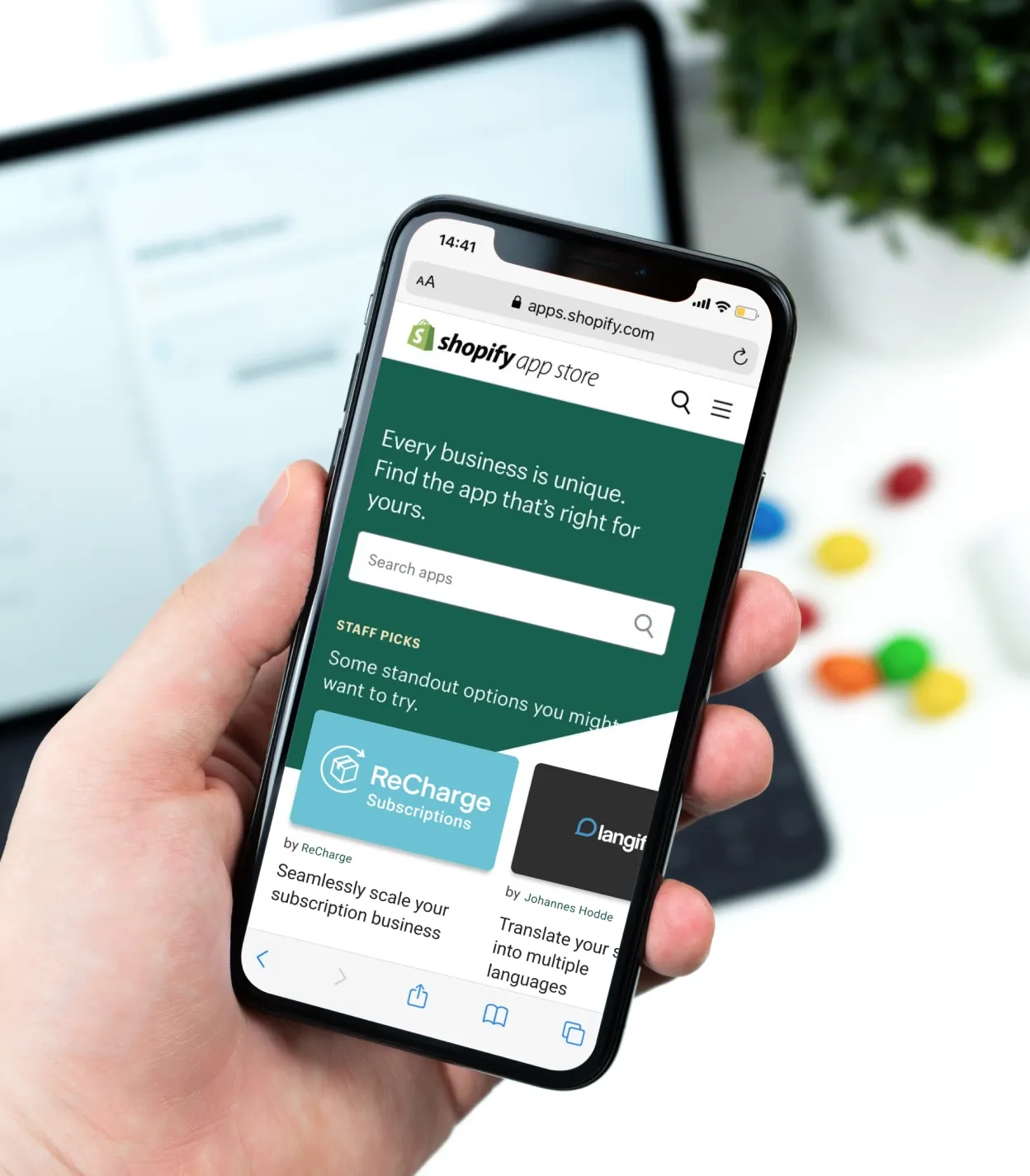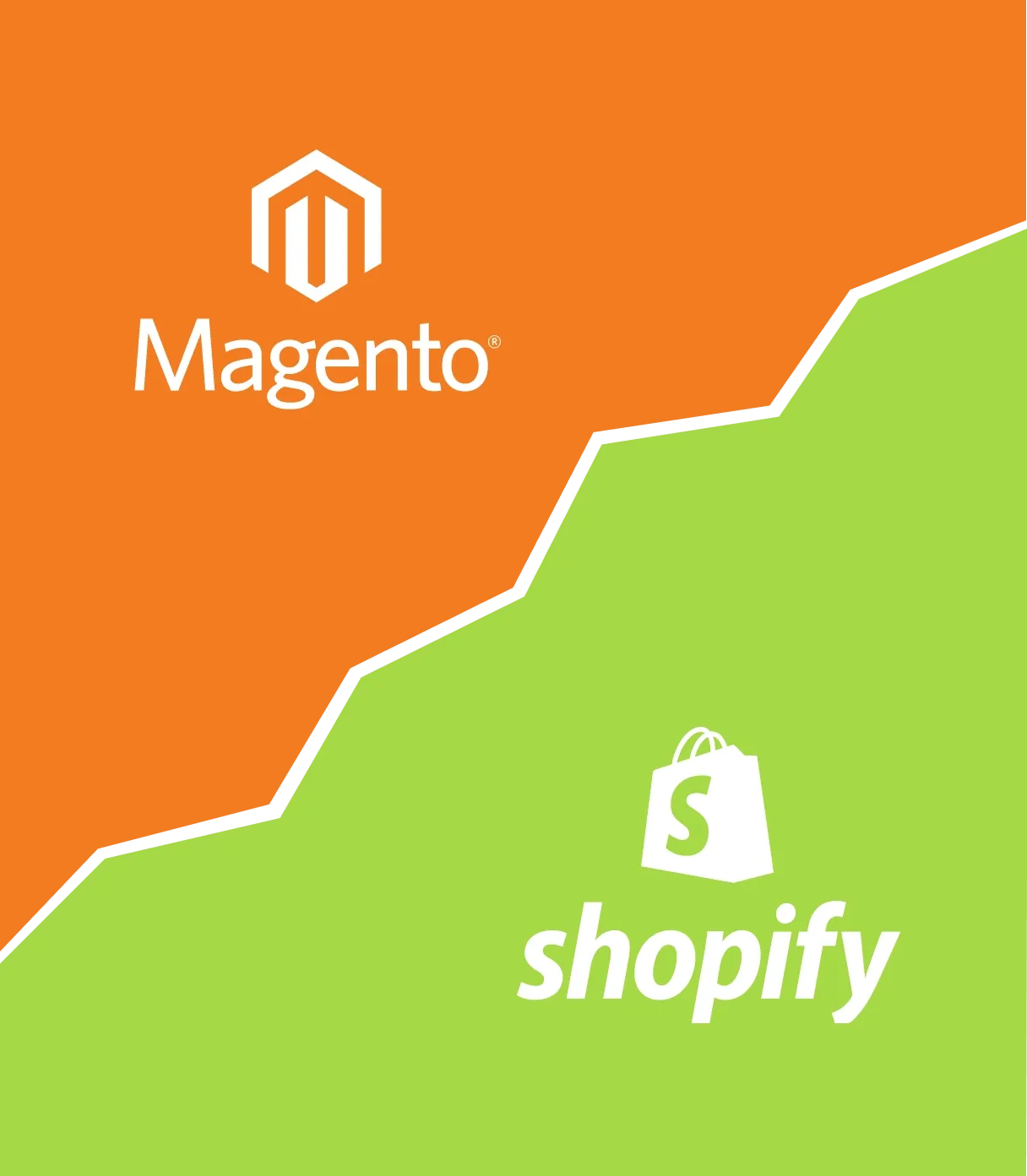
A successful online shop uses a variety of instruments to boost its sales. Determining and highlighting the products which may interest the customers is one of them. Product recommendations bring up to 31% of e-commerce site revenues.
In this article, we will focus on building a Related Products section for Shopify-based websites. We will tell why it is important and what are the main ways to arm your online shop with such a feature. Read on to learn how to harness the power of Shopify related products.
Why do you need the related product section?
Providing users with relevant Shopify product recommendations can have a tremendous effect on your business. You can strengthen your relationships with customers, increase average order value, and provide a more satisfying experience, prolonging shoppers’ visits to your online store.
Boosting engagement
A lot of factors influence buyers’ experience, and product recommendations is one of them. If you suggest the right products, your customers will stay on your website longer. They’ll click through to learn more about the items you recommend.
To find out whether your content is relevant, observe how many visitors proceed to other pages of your website instead of leaving. That is revealed by the bounce rate metric. A low bounce rate in combination with higher conversion rates might suggest your content is relevant to the users.
Improve customer experience
Customers appreciate personalized offers which take into account their behaviors and habits. Showing them the products related to items they've purchased, added to their cart, or viewed is one of the manifestations of the expected personal touch. And happy customers are likely to buy more.
Increase AOV
Showcasing the related products can be cross-selling or upselling. Cross-selling means pointing out the products that complement the main product your customer is considering. Upselling is offering a more expensive variation of the product that the shopper is interested in. The Related Products section can include either or both.
If cross-selling is successful, your customers will add more items to their cart. Successful upselling means that the shoppers decide to buy more expensive products. In both cases, the AOV (average order value) increases, pushing your revenue up.
Ways to create a recommended product section
There are three main approaches to adding Related Products Shopify. Let’s have a quick look at each of them, outlining key advantages and disadvantages.
Use a built-in theme
Most of the popular Shopify themes include an option to add the Related Products section. This is arguably the easiest way. On top of it, built-in themes usually provide some room for customization.
Nonetheless, if you choose this way, you should keep in mind functionality limitations. Adding some feature that isn’t included in the theme may require much time and energy. Also, the way to determine the recommended products depends on the theme. Switching to a different method is a complicated task.
Use a third-party app
Shopify apps also offer easy ways to set up a list of recommended products. Usually, this solution is quite reliable and can be integrated with little effort.
Nonetheless, the ease of use comes with some drawbacks. First, you will have to pay a regular fee to use an app. Secondly, the design and functionality are predetermined.
Finally, due to limited customizability, you can’t just choose any website block to integrate your app-based Related Products section into. For instance, you won’t be able to do it for a cart drawer. It will also be problematic for any dynamic blocks or blocks with JavaScript. The functionality may fail or the section won’t be displayed at all. You might be able to customize its style but not the behavior.
Create your own section
Building your custom Recommended Products section may take you a while. Still, there are some serious upsides. You decide on the functionality and design of the section. Also, it can be integrated into any website block you want. Most popular options are cart, сart drawer, product block, and homepage.
Here is an example of how this approach is superior to using an app. Some apps just display the card of the product but don’t allow the customer to add it to the cart. Thus, the customer has to perform extra actions: click the card and place the product in the cart from there.
If you create your own Related Products section, you can remove this inconvenience. Aside from that, you are able to design the functionality of adding a product to the cart yourself.
Ways to set methods for selecting recommended products
An important step in building the Shopify related items section is selecting the method to determine recommended products. Here are the main approaches you can choose:
- Manually — you pick the products to display one by one. This option provides the most control, but if your online store has 100 or more products, it isn’t feasible.
- Same collection — products from the same collection will automatically appear in the Related Products section. You specify which collection should be used.
- Product tags — products with similar tags will be considered ‘related’. You assign tags to each product according to their characteristics. Thus, this option is quite similar to manually specifying recommended products.
- Shopify algorithm — the built-in algorithm will compile the list of recommended products. This is arguably the most advanced option. In general, the algorithm uses the purchase history, product description, and related collections as criteria. Thus, the products which have been purchased together, have similar descriptions, or are part of the same collection have higher chances of being recommended.

Can you add the Related Products section yourself?
The answer depends on the level of your expertise in Shopify development and on the way you choose to add related products Shopify. In this article, we assume that you are not a software engineer. Thus, the answer differs according to the approach you want to use.
Built-in Shopify theme
In this case, the answer is yes. You don’t have to code, as most themes offer easy ways to add related products sections onto the product pages.
Let’s use the Debut Shopify theme as an example:
- Go to the Theme section of your online store in the Shopify admin site and click the Customize option.
- In the upper section of the screen, you’ll find the Home page option. Click it to see a drop-down list and choose Product pages.
- On the left-side panel, find Product recommendations and click this option.
- On the left side panel, check the Dynamic recommendations box and edit Heading.
If you don’t see the recommendations option, visit the Shopify Help Center. Follow this step-by-step guide to add a theme that makes this option available.
Note that the algorithm described above is just an example. There is no universal solution as different Shopify themes may require different sequences of actions. If you get confused in the process, or something goes wrong, don’t hesitate to contact DigitalSuits — our experienced Shopify developers will help you out in no time.
This-party app
In this case, you’d be able to create the Recommended Products section yourself, but its integration into your website will be a complicated affair. On the one hand, Shopify apps are usually quite easy to use. The exact algorithm depends on the app you choose, but you won’t have to write any code to build the section.
On the other hand, the app-based sections can be integrated automatically only if you use official Shopify themes. There might be a risk of losing data and facing problems with the customization of specific sections or blocks. To deal with those nuances and to cover cases when the section has to be integrated manually, you will need a Shopify developer.
Build your own section
Creating your custom Related Products section has the benefits we’ve mentioned earlier. However, it is a complex affair that requires professional expertise.
What is the best approach to creating the Related Products section?
Which approach should you choose if you want to use related items Shopify? Each way has its peculiarities. Let’s sum them up. Shopify provides some great built-in instruments, but they have their limitations. For instance, there is no way to customize the order of products in the list. The available functionality will be enough in most cases, though to make your online store really special, you’ll have to look for other options.
Creating your own section requires time and effort, but it is worth it. All controls are in your hands: which goods to display, how many, what the name of the section is, how the product is added to the cart, and many more. You can build an ideal Related Products section for your store.
Using a third-party app is also an option, but we won’t recommend choosing it as an app’s functionality will be limited. Exceeding those limits is a costly and time-consuming endeavor. However, if, for some reason, you still think you need an app, pay attention to the Rebuy Personalization Engine. Your second-best option is ReConvert Upsell & Cross Sell.
Related Items sections in our projects
Our team has a large portfolio of various e-commerce development projects. Here is what Related Products sections look like in some of them.
MyBalto
MyBalto is a French-based company specializing in animal food production. They’ve created 15 recipes of food for dogs and cats and are especially focused on personalization. Our team helped them with an instrument of providing personalized diet recommendations for pets. Click here to learn more details about this project.
Artisan Revere
Artisan Revere is a US-based startup that produces professional knives using aerospace-rated technology and long-lasting Elmax vanadium steel. We built them a website on Shopify from scratch. Its special feature, not covered by Shopify, is a custom request of a gift bag offer that depends on a customer's order. Read more details about the project here.
Build an excellent Related Products section with DigitalSuits to boost your sales!
Adding product recommendations to your online store can be beneficial for your business. If you have a Shopify-based online store, there are several ways to do it. You can set it up yourself, using built-in Shopify instruments (if your theme allows it) or finding a suitable third-party app. However, creating your own Related Products section will provide you with more opportunities for customization.
Such a project will require the assistance of professional developers. We at DigitalSuits will be glad to help you. Our e-commerce software development team has completed multiple projects. We know all the in's and out’s of the Shopify platform and can extend its capabilities with customized solutions. Contact us, and let’s discuss your project!











Was this helpful?
0
No comments yet